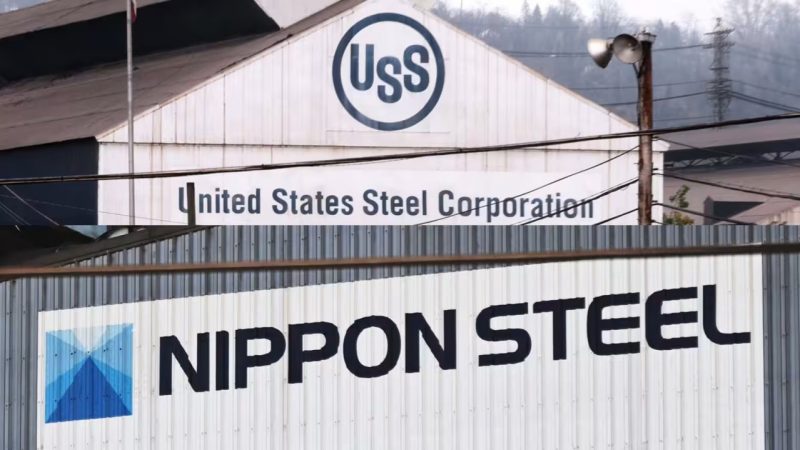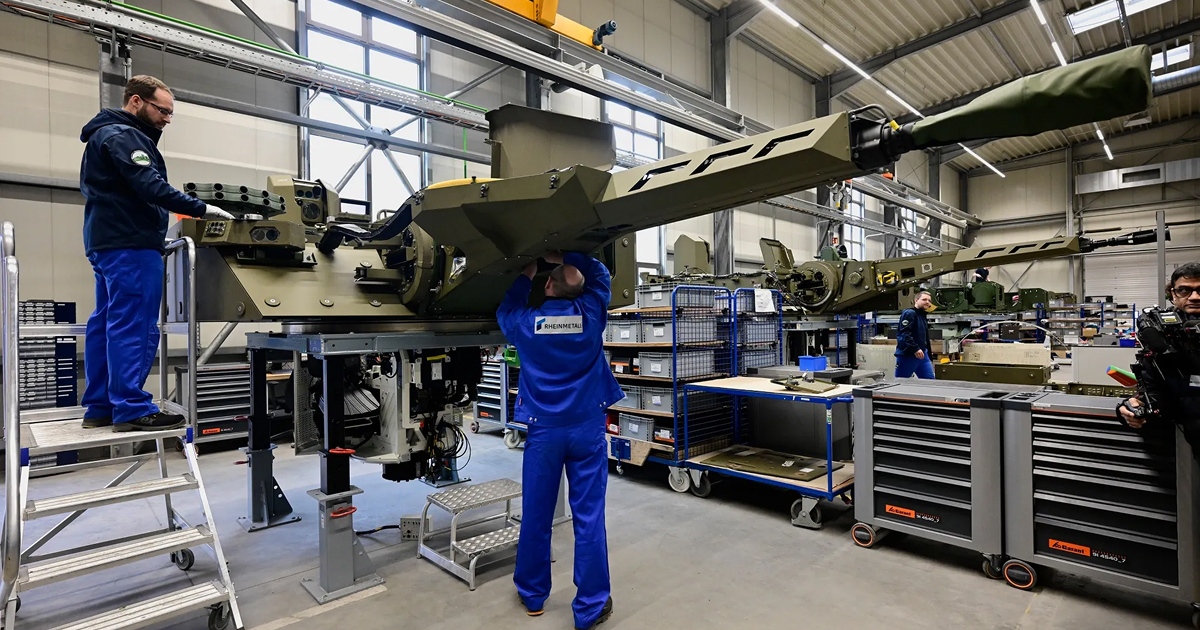
Silence Surrounds U.S. Steel and Nippon Steel Merger Talks
Weeks after a public endorsement from former President Trump, U.S. Steel and Nippon Steel (NSC) have yet to clarify their merger status. Despite intense political and media focus, both companies remain silent on the proposed deal, fueling speculation and uncertainty within the metals and manufacturing sectors.
On May 23, Trump claimed credit for brokering a “planned partnership” between the two steelmakers. U.S. Steel issued a brief response the same day, emphasizing its commitment to remain American while welcoming NSC investment. Since then, no further comments have emerged from either firm about the transaction.
This information vacuum resembles a typical “quiet period,” often observed between a merger announcement and its final approval by shareholders or regulators. However, the lack of transparency—especially amid public and political interest—has raised concern among stakeholders.
Questions Mount Over “Golden Share” and Regulatory Oversight
The focus keyphrase U.S. Steel and Nippon Steel merger has taken on new layers of complexity. U.S. Senator David McCormick suggested the federal government may hold a governance stake—dubbed a “golden share”—in the merged company. If true, this element introduces potential regulatory challenges, particularly with existing approvals in the U.S., Japan, and Europe.
Meanwhile, NSC’s June 24 shareholder meeting agenda makes only sparse mention of the U.S. Steel acquisition. Instead, the document focuses on executive compensation and subsidiary oversight. This omission raises further questions about whether the merger is finalized or undergoing major revisions.
Adding to the confusion, NSC announced a $6 billion investment in low-emission electric arc furnace (EAF) steel production in Japan. In contrast, the U.S. investment plan would upgrade older, higher-emission blast furnace operations—seemingly at odds with global decarbonization efforts.
SuperMetalPrice Commentary:
The U.S. Steel and Nippon Steel merger remains mired in ambiguity. While corporate silence is common during sensitive negotiations, the public nature of Trump’s involvement and the introduction of a potential government “golden share” complicate matters. If the merger proceeds, it will reshape not only U.S. steelmaking capacity but also global industrial policy. Until then, stakeholders—from labor unions to international regulators—will wait for clarity on what could become one of the most geopolitically sensitive M&A deals in the metals industry this decade.











Leave a Reply
You must be logged in to post a comment.